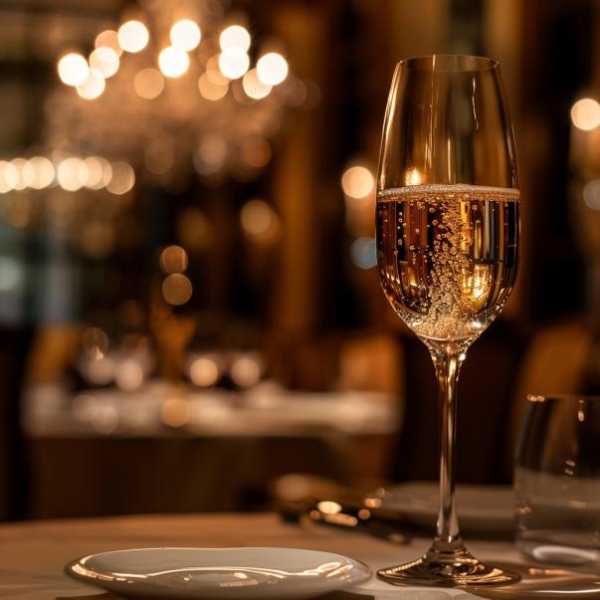Wine Education
The Art of Wine Tasting: A Journey Through the Senses
Wine tasting is more than just a ritual; it is an immersive experience that engages the senses and offers a profound connection to the world of viticulture. Understanding the art of wine tasting can transform an ordinary sip into a captivating journey through the vineyards and cellars where the wine was crafted. Here, we explore the steps and subtleties that define this age-old practice.

Sight: The Visual Introduction
The journey begins with sight. Pour the wine into a glass and hold it against a light or white background. Observe the color and clarity. The hue of the wine can provide initial hints about its age and type. Young red wines often display vibrant ruby or purple tones, while older reds may shift to garnet or brick hues. White wines, in their youth, tend to be pale yellow or straw-colored, deepening to gold with age. The clarity and brilliance of the wine can also indicate its condition and quality. A wine that appears cloudy may have faults, whereas a clear, bright wine promises purity and care in winemaking.
Swirl: Awakening the Aromas
Swirling the wine in the glass is a crucial step that enhances the tasting experience. This action oxygenates the wine, releasing its aromatic compounds. To swirl, hold the base of the glass on a flat surface and gently move it in a circular motion. This simple act helps volatilize the aromas, making them more accessible. A well-swirl glass of wine offers a preview of the sensory complexity to come.
Smell: The Olfactory Symphony
The next step is to smell the wine, which provides the most significant insights into its character. Bring the glass to your nose and take a deep inhalation. The first scents you encounter are the primary aromas, which come directly from the grapes. These might include fruity notes like berries, citrus, or tropical fruits, depending on the wine’s varietal.
As you continue to smell, secondary aromas emerge, revealing more about the winemaking process. These can include scents like vanilla, toast, or chocolate, often derived from oak aging. Finally, the tertiary aromas develop over time as the wine ages in the bottle, adding complexity with notes of earth, leather, or dried fruits. Together, these layers of aromas create a symphony that tells the wine’s story.
Taste: The Palate Experience
Tasting is where the full complexity of the wine unfolds. Take a small sip and let the wine move around your mouth, touching all your taste buds. Pay attention to the sequence of flavors and textures you experience. The initial impression, or attack, gives you a sense of the wine’s sweetness, acidity, tannin, and alcohol. This is followed by the evolution or mid-palate, where the depth of flavors becomes more apparent. You might taste fruits, spices, or earthy elements, each contributing to the wine’s profile.
The finish or aftertaste is the final note, lingering on the palate and often indicating the wine’s quality. A long, balanced finish with harmonious flavors suggests a well-crafted wine. A short or abrupt finish might indicate a less complex wine.
Texture: The Tactile Dimension
The texture of the wine, often described as its mouthfeel, is another critical aspect of tasting. This can range from light and crisp to rich and velvety. The body of the wine is influenced by factors such as alcohol content, glycerol, and tannin levels. A well-balanced wine will have a harmonious texture that complements its flavors and aromas.
Conclusion: Reflecting on the Experience
The art of wine tasting is an exercise in mindfulness and appreciation. It requires us to slow down and engage fully with our senses, connecting us to the craftsmanship and history behind each bottle. By mastering the steps of sight, swirl, smell, taste, and texture, wine enthusiasts can unlock deeper enjoyment and understanding of the wines they love.
In the world of wine, every bottle tells a story. Through the art of wine tasting, we become a part of that story, savoring the culmination of nature, tradition, and innovation. Whether you are a novice or a seasoned connoisseur, the journey of wine tasting offers endless opportunities for discovery and delight.